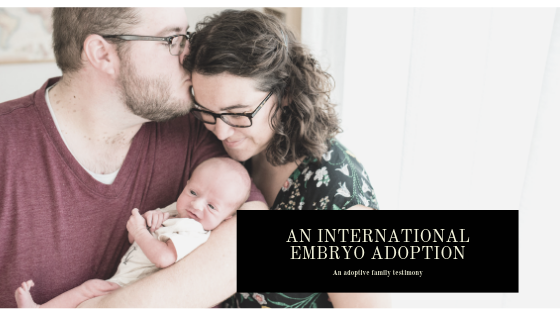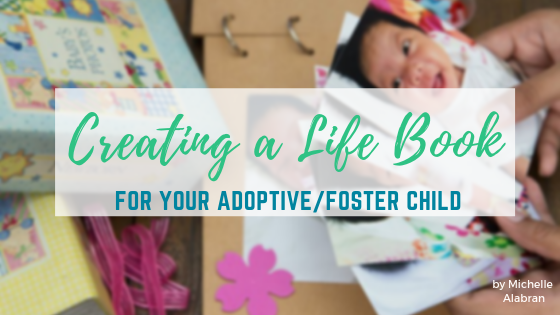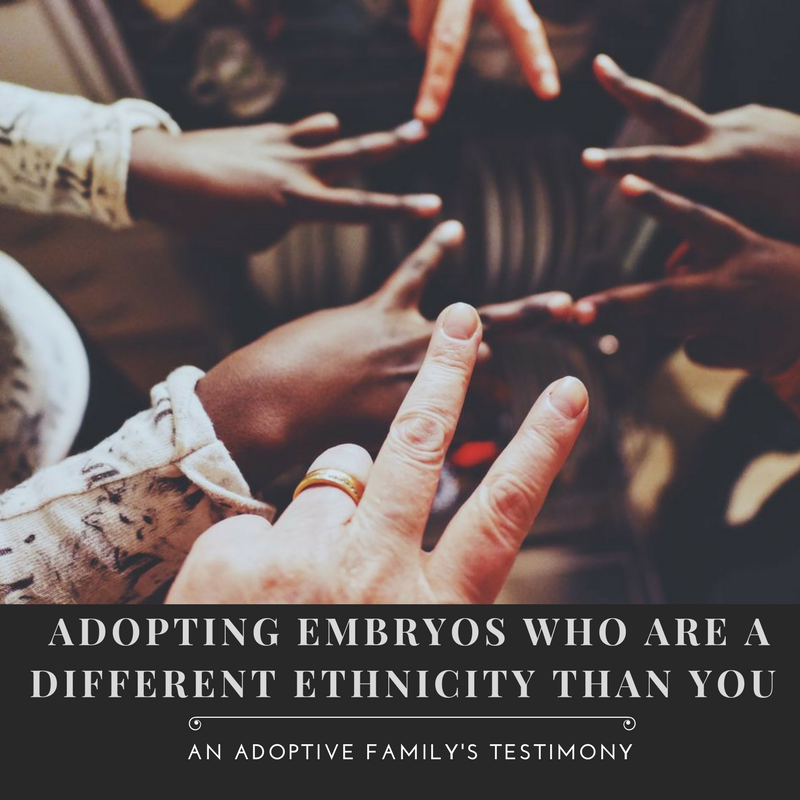From a Snowflakes Adoptive Family: The journey of embryo adoption is one filled with hope, anticipation, and dreams of parenthood. However, the path is not always straightforward, and sometimes, despite our best efforts and unwavering hope, we face the heartbreak of embryos not surviving the thaw or failed frozen embryo transfers (FETs). Today, I […]







